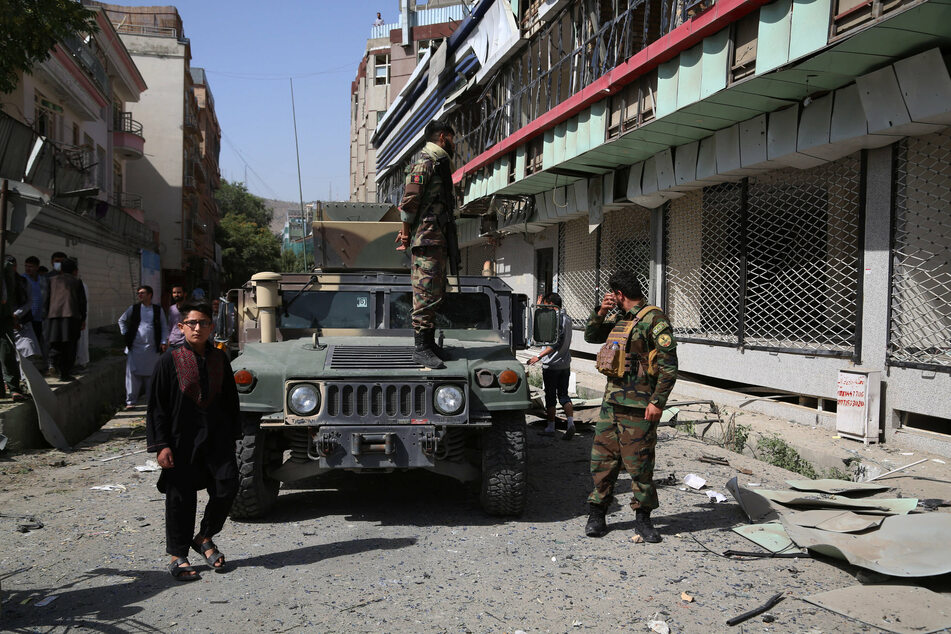Afghanistan sees massive rise in displaced people as thousands flee Taliban advance
Kabul, Afghanistan – Afghanistan is seeing a massive rise in the number of internally displaced people (IDPs) since the withdrawal of US and NATO troops began in May, according to data from the UN's Office for the Coordination of Humanitarian Affairs (OCHA).

At least 244,000 people have been internally displaced since the beginning of May, when the militant Islamist Taliban began multiple offensives against the Kabul government, an increase of some 321% on the same period last year.
According to the report, most of the people are fleeing from areas of north-eastern and eastern Afghanistan. Nearly all lack adequate shelter, access to medical care, and sufficient food.
Many initially fled their homes in rural areas due to fighting, seeking refuge in provincial capitals. However, in recent weeks, the fighting has shifted to urban centers as the Taliban close in on many of Afghanistan's larger cities.
In the last few days alone, the resurgent Taliban have assumed control of five Afghan provinicial capitals, mainly in the north of the country, including Kunduz, the sixth-largest city in Afghanistan, which fell to the Taliban on Sunday.
As the Taliban advance across Afghanistan shows no sign of slowing, IDP numbers are expected to increase further. At present, heavy fighting is continuing between the government in Kabul and Taliban forces around the capitals of Helmand, Kandahar, Herat, and Badakhshan provinces.
Attempted peace talks between the two sides held in Qatar last year made little progress and have now stalled totally as both sides prepare for war.
President Joe Biden has confirmed that US troops will end their 20-year military intervention in Afghanistan by the end of August, while NATO has already ended its mission in the country.
Cover photo: IMAGO / Xinhua
